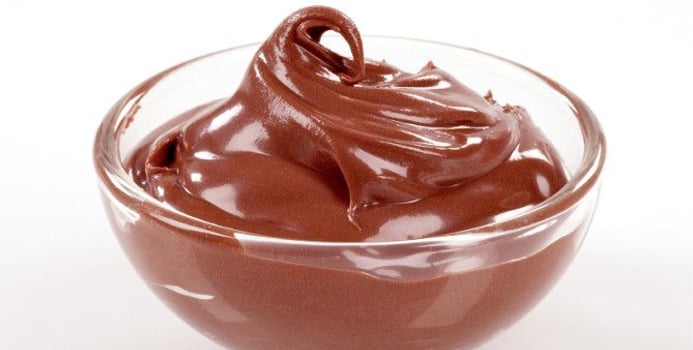Pudding is a favorite dessert, snack and treat for a lot of people. Flavors include vanilla, chocolate, rice, tapioca and butterscotch. It also has nutritional value, such as calcium and vitamin D. In the United States, the pudding you know and love is more like custard. Custards have a thick consistency and rich flavor. Other countries, like England, use pudding as a savory dish. If you're like most people in America, you enjoy the instant, dry mix and ready-to-eat puddings sold in grocery stores. They're easy to make and serve. However, they're not all the same. Some have better nutrition than others. This is a nutritional guide to America's favorite sweet dessert and what you should look out for before buying pudding.
Calcium
Milk makes pudding high in calcium, an important nutrient for strong bones and teeth. Calcium is also the most plentiful mineral in your body. It's found in blood cells, bones and teeth. Calcium also influences muscle contractions, hormone secretions and the transmission of nerve impulses. Pudding isn't just tasty, it's a healthy way to get your body's calcium.
Vitamins and Minerals
Vitamins and minerals are essential components of pudding. Vitamin D and magnesium are terrific nutrients your body needs. They work with calcium to strengthen your bone structure and harden your tooth enamel. All of the nutrients below are found in prepared pudding:
- Vitamin A
- Vitamin C
- Vitamin B6
- Vitamin B12
- Vitamin D
- Vitamin E
- Riboflavin
- Magnesium
Protein
One of the most important nutrients you need is protein. It has special enzymes that carry out certain functions in your body. A good number of these functions include metabolism and digestion. Other functions of protein include muscle contraction and the reproduction of red blood cells. It also helps make your hair, nails and skin healthy.
Carbohydrates
The carbohydrates in regular instant, ready-to-eat and dry mix pudding are high. Sugar free has lower carbohydrates than any of those varieties. However, be aware of certain flavors. Pistachio, butterscotch and banana are high in carbohydrates. Carbohydrates turn into sugars that your body doesn't need. Read nutrition labels carefully before buying a brand.
Fat
There's saturated fat in both the pudding mix and milk. Saturated fat is the unhealthy fat found in animal and dairy products. You need to watch the content of this type of fatty acid because it increases your cholesterol levels and chances of heart disease.
Sodium
Pudding may taste sweet, but it has a great deal of sodium added to the mixture. Sodium causes high blood pressure and edema. Edema is swelling in the arms, legs and feet. Avoid this problem by looking for low sodium puddings at the grocery store.
Calories
If you're watching calories, you want to steer away from regular pudding. Pudding has high calories that lead to weight gain. However, you can eat a fat free variety instead of a dry mix type.
Although pudding has both good and bad nutrition, it can be a healthy dish if you make it with fat free milk. Skim milk is also a better choice than whole milk. Also choose a low calorie pudding brand when shopping. This quick dessert is great if consumed in moderation.



